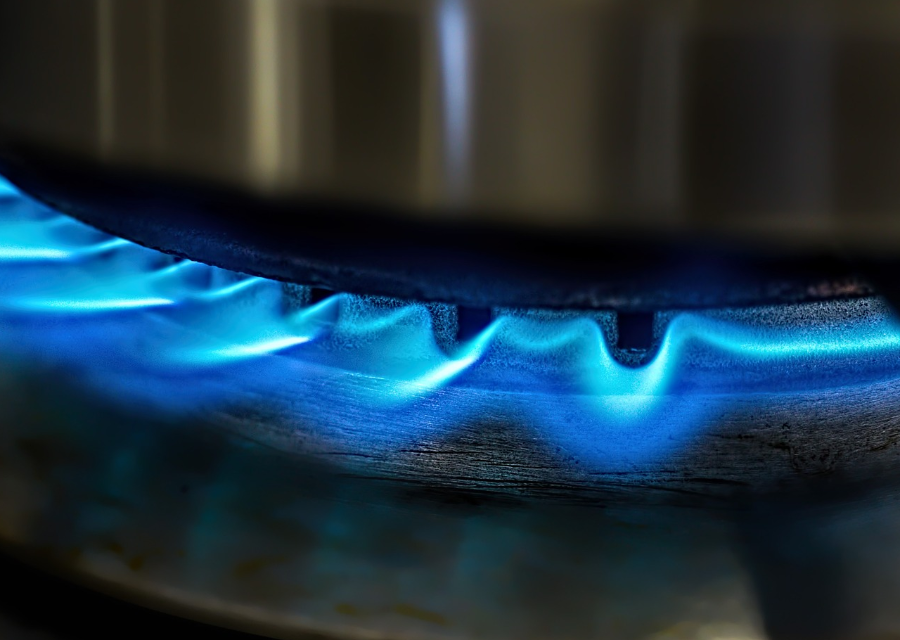This website uses cookies. By continuing to browse the website, you are agreeing to our use of cookies as detailed in our privacy policy.
Gas or induction: what’s best?
We run through the pros and cons for gas and induction cooking.
Firstly, what are they?
A gas stove is the most traditional and common type of stove; reliant on a gas supply and a naked flame to heat the pan to cook the food. Whereas an induction cook top is a newer and more modern cooking version which works via electromagnetism; an induction pan is heated via a magnetic field created through electricity passing from the magnetic ring on the hob to the pan, with no flames or gas needed.
Gas cooking:
Pros:
Gas stove is more of a traditional and common method being around since the early 1800s.
Gas cooking produces instant heat and once the hob is turned off the heat mostly goes away. The temperature can be easily adjusted by turning the knob.
Cheap to use if a gas line is already set up.
Any pans work on a gas hob.
Cons:
If your home is not equipped with a gas line, initially a gas line can be very expensive to set up.
Cooking with gas is less efficient to induction cooking, with only 40-50% of the heat from a gas hob reaching the food and the rest getting wasted.
Gas cooking is deemed more dangerous as a flame is present as well as the gas.
Induction cooking:
Pros:
More efficient: only 10-20% of the heat is wasted. For example, an induction hob will boil a pan of water in approximately half the time a gas hob would take.
There is more precise temperature control at a wider range of temperatures.
Safety is deemed higher in induction hobs, as even when the induction hob is on it stays cool to touch, meaning its greater child friendly.
They don’t heat your home up, and liquids and foods shouldn’t burn and stick on to them, therefore the cooktops are often much cleaner and easier to clean, meaning less cleaning after a meal!
They can reach a wider range of temperatures.
Cons:
Expensive in comparison, but the costs are reducing as the popularity increases.
Need to ensure that all your pots, pans and woks are compatible with an induction hob; however lots of new kitchenware will now be induction hob compatible. An easy general rule of thumb is to see if a magnet sticks to your pans, if so it is highly likely that your pans are induction friendly.
Relies on electricity, so if the power goes out you will not be able to use them (luckily this is very rare).
Not as accurate in terms of temperature, the temperature can be set but it takes longer to adjust to the desired temperature than gas cooktops.
Conclusion:
Both ways of cooking are very effective and are great ways to cook all your dishes. However, for something with high safety, greater cost effectivity in the long run, more energy efficient and cooking time efficiency – induction cooking may be the way to go.
Back